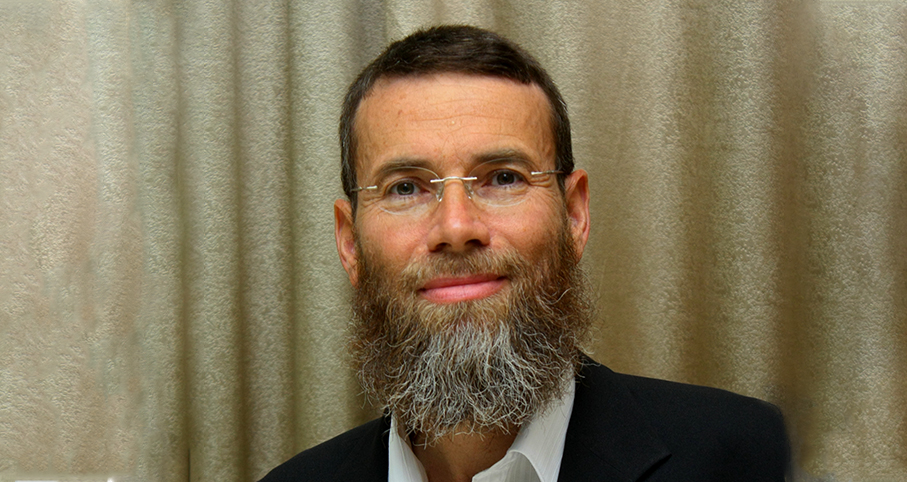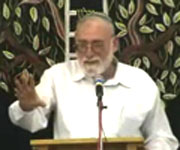Beit Midrash
- Sections
- Chemdat Yamim
- Parashat Hashavua
- Torah Portion and Tanach
- Bamidbar
- Pinchas
The city Tirtza was located on the eastern slopes of the Shomron region, in the land of the Tribe of Menashe, from whom the sisters came. Yerovam ben Nevat, first king of the separatist Kingdom ofIsrael, made it his capital. How that decision came about is complicated.
Yerovam became king of the Ten Tribes in the historical capital of the Shomron, Shechem. Shechem was already an ancient city in the time of the Patriarchs, and Yaakov bought a plot of land there upon his return from Aram (Bereishit 33:19). Shechem is located on the border between the sections of the two sons of Yosef, Ephrayim and Menashe (see Yehoshua 17), as Yerushalayim is on the border of Yehuda and Binyamin. Shechem was prominent as the venue of the acceptance of the covenant upon entering Eretz Yisrael at the time of Yehoshua, an event with similarities to the acceptance of the Torah on Sinai (see Yehoshua 24: 24-25).
Along this backdrop, we can certainly understand the beginning of the following pasuk, but are left puzzled by its end: "Yerovam built Shechem on the Mountain of Ephrayim, and he settled there, and he left there and built Penuel" (Melachim I, 12:25). Why did Yerovam forsake his historical capital? Further study of Melachim shows that at the end of his reign, Yerovam built up another city to be his capital – Tirtza. We find this out indirectly. Yerovam’s son Avihu fell deathly ill. Yerovam sent his disguised wife to Achiya Hashiloni to find out his fate. The prophet knew her secret and told her that Avihu would die. As the queen returned to the palace – in Tirtza – the lad died (ibid. 14:17). Thus, the new capital, with the palace, was in Tirtza, as we continue to see over a significant period thereafter.
Prof. Yehuda Elitzur has an interesting theory to explain the chain of events. Upon founding the alternative Kingdom of Israel, Yerovam naturally turned to Shechem as the capital. However, soon thereafter, Paroh Shishak of Egypt came with demands on Yerovam to pay up forEgypt’s support of the Israelite rebels. He demanded of Yerovam to open war on his brethren from the Kingdom of Yehuda. When Yerovam refused to wage a fratricidal war, Shishak attacked him and destroyed tens of cities, including the capital Shechem. In need of refuge and a new capital, Yerovam built Penuel, in the relatively distant eastern bank of the Jordan, on the slopes of the Gilad. Only after many years did the Egyptian pressure subside, enabling him to set up his capital on the western side of Israel, in the Shomron. He made Tirtza his capital, which it remained until the days of Omri. Apparently, the merit of the matriarch of sorts – Tirtza – stood up for her in the form of the city that bore her name.
A year ago, our nation was exposed, under tragic circumstances, to modern day female role models of love of the land and the nation and of bravery, along with love for their children. Rachel Frankel, Bat Galim Sheyer, and Iris Yifrach taught a unity which will hopefully keep us away from the disunity that caused the split in the nation at the time of Yerovam.

Parashat Hashavua: Neither Menashe Nor Yerachme’el
Rabbi Yossef Carmel | Tevet 5786

Parashat Hashavua: Divinely Ordained Sibling Deceit
Rabbi Yossef Carmel | Cheshvan 5786

Nothing for Naught - Including Nun
Rabbi Yossef Carmel | 5771





















